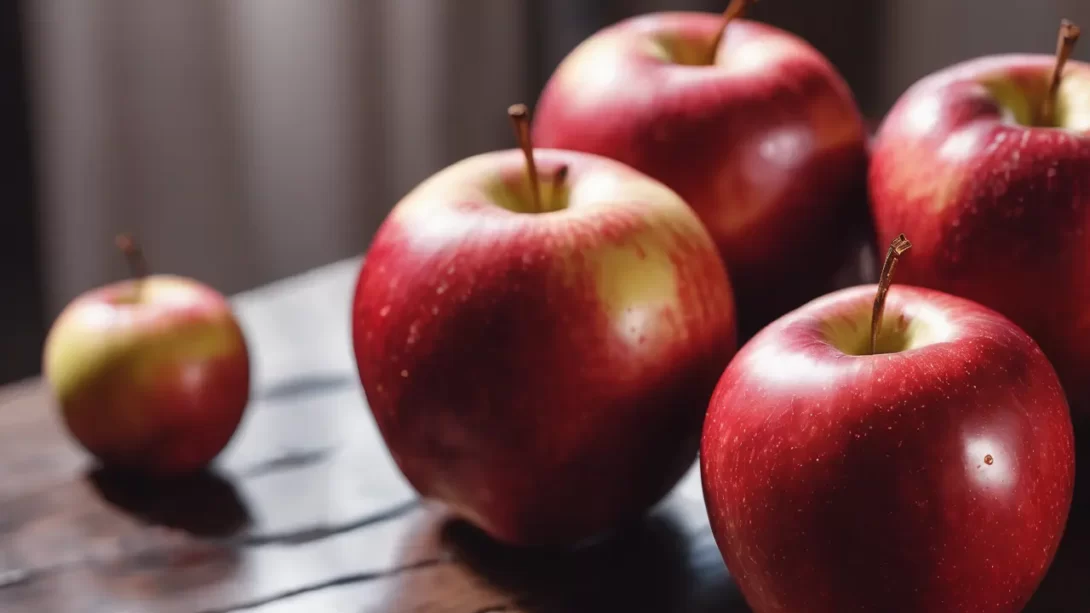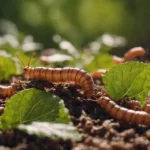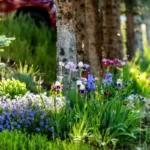Apples, a staple fruit in many diets worldwide, are celebrated not just for their taste but also for their vibrant colors, especially the iconic red apple. This fruit has held significant cultural and symbolic meaning throughout history, from the story of Adam and Eve to the fairy tale of Snow White. But what makes an apple red? This question isn’t just of interest to curious consumers and gardeners, but also to scientists and fruit growers. The answer lies in a fascinating interplay of genetics, environmental factors, and agricultural practices.
The Science of Color in Apples
At the heart of an apple’s color are pigments, naturally occurring substances that give plants their colors. In apples, the primary pigments are chlorophyll (green), carotenoids (yellow, orange), and anthocyanins (red, purple). It’s the anthocyanins that are responsible for giving red apples their distinctive hue. These pigments are not just for show; they protect the apple from ultraviolet light and contribute to the plant’s health. The intensity of the red color in an apple is directly related to the amount and type of anthocyanins present in the apple skin.
Genetic Factors
Just like other characteristics in living organisms, the color of an apple is determined by its genetics. The apple’s genetic makeup influences the quantity and type of anthocyanins it produces. Several genes are involved in this process, and their expression can vary depending on the apple variety. Some apple varieties have been specifically bred to enhance their red color, which is a trait highly valued in many markets. The development of these varieties has been a key focus of apple breeding programs, aiming to satisfy consumer preferences for bright, red apples.
Environmental Influences
The environment plays a crucial role in determining the red color of apples. Sunlight is a key factor; more sunlight typically leads to more anthocyanin production and thus, redder apples. This is why apples growing on the sunny side of the tree are often more vividly colored than those in the shade. Temperature also influences color development. Cooler temperatures near the end of the growing season can intensify the red hue. This is due to a decrease in chlorophyll (the green pigment) and an increase in anthocyanin production in response to cooler temperatures.
Agricultural Practices
Farmers and apple growers use various techniques to enhance the red color in apples. One common practice is selective breeding, where varieties with desirable color traits are chosen for propagation. Over generations, this leads to apple varieties with consistently rich, red skins. Grafting, another common technique, involves attaching a cutting from a tree with desirable traits to a rootstock, ensuring that the resulting apples retain these qualities. Additionally, growers may strategically prune trees to increase sunlight exposure and optimize temperature conditions, thereby enhancing the red coloration of the apples.
Nutritional and Health Aspects
The anthocyanins that give red apples their color aren’t just for looks; they’re also powerful antioxidants. These compounds have been linked to various health benefits, including reduced risk of heart disease, stroke, and certain cancers. Red apples tend to have higher levels of these beneficial compounds compared to their green or yellow counterparts. This makes them not only a visually appealing choice but a healthy one as well. Consumers often seek out red apples both for their aesthetic appeal and their potential health benefits, making the color an important factor in apple selection.
Cultural and Historical Perspectives
Red apples hold a special place in many cultures around the world. In Western culture, the red apple is often associated with health and vitality, epitomized by the saying, “An apple a day keeps the doctor away.” In various mythologies and folklore, red apples symbolize beauty, knowledge, and temptation. Historically, the development of red apple varieties has been influenced by these cultural values. The quest for the perfect red apple has driven breeding programs for centuries, leading to the diverse array of red apple varieties we see today, from the bright ‘Red Delicious’ to the deep red ‘Braeburn’.
Conclusion
The red color of apples is a result of a complex interplay between genetics, environmental factors, and agricultural practices. Genetically, the presence and expression of certain genes determine the amount and type of anthocyanins produced. Environmentally, factors like sunlight exposure and temperature play a significant role in the development of the red hue. Agriculturally, breeding and cultivation techniques have been honed to enhance and maintain these desired traits. The red color is not just an aesthetic attribute; it signifies the presence of health-promoting anthocyanins, making red apples a nutritious choice.
The allure of red apples goes beyond their vibrant color and health benefits. It taps into cultural and historical significances that have shaped human perception and preference for centuries. As apple breeding continues to evolve, the quest for the perfect red apple remains a testament to the fruit’s enduring appeal in human culture. Whether in a backyard garden or a sprawling orchard, the red apple stands as a symbol of beauty, health, and a deep connection with nature’s bounty.



